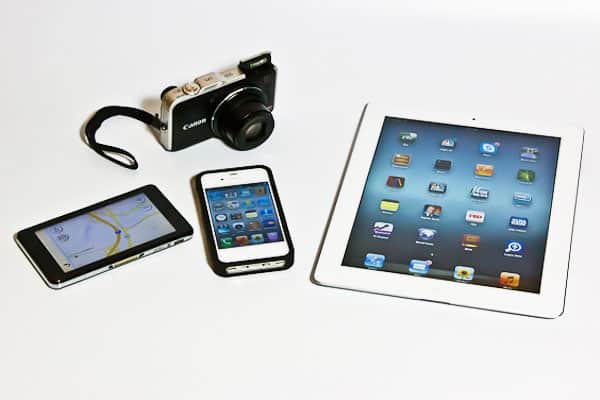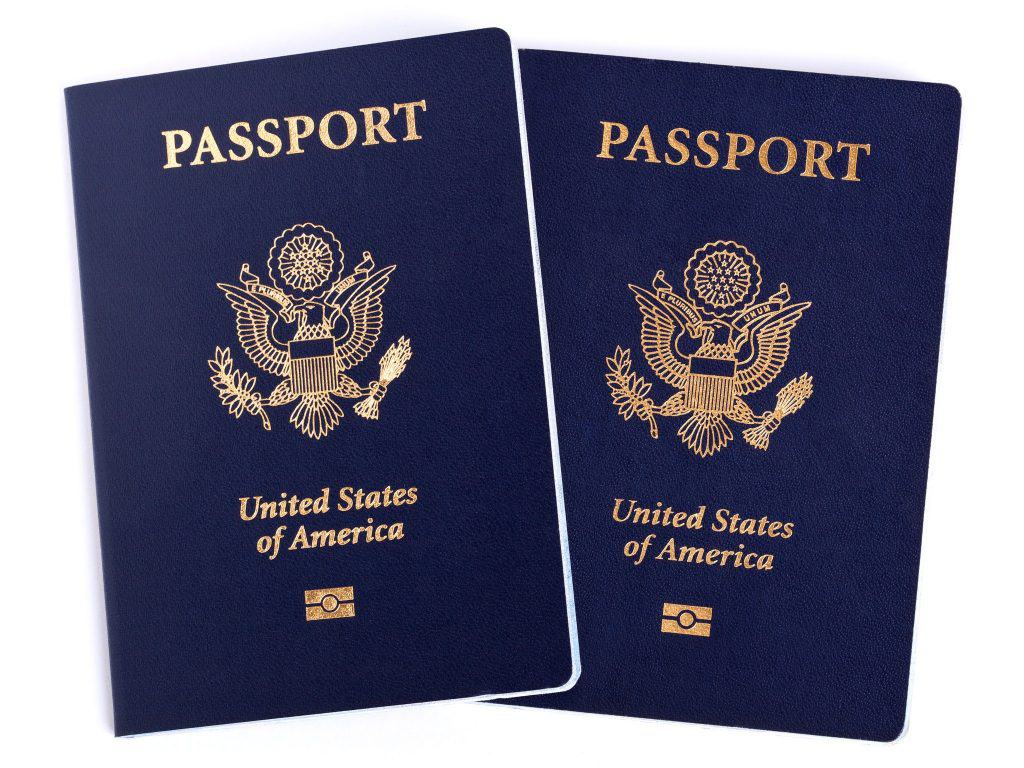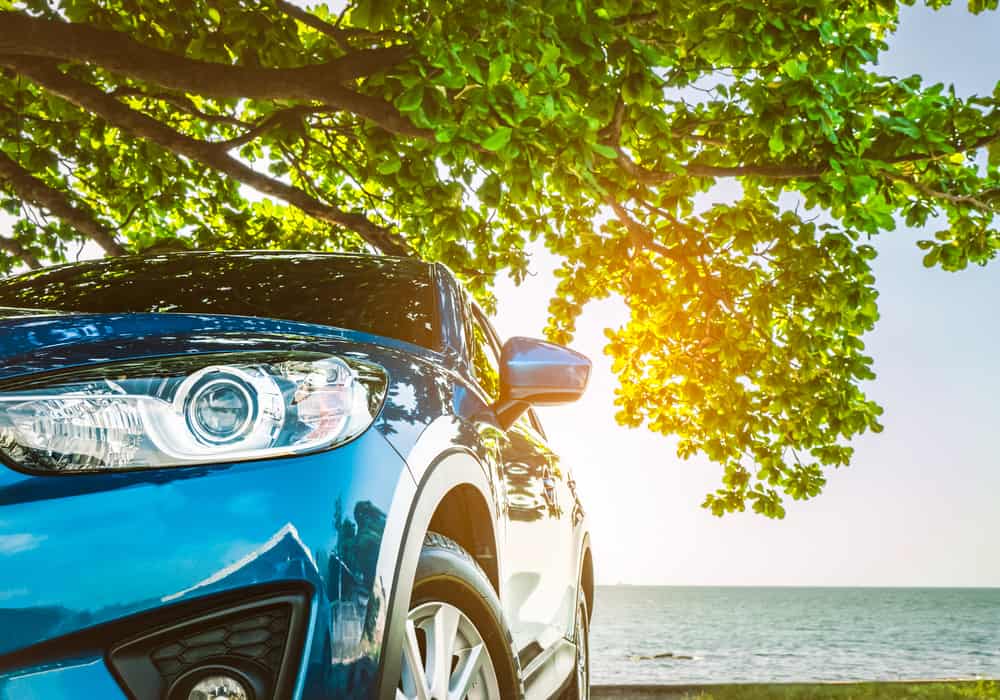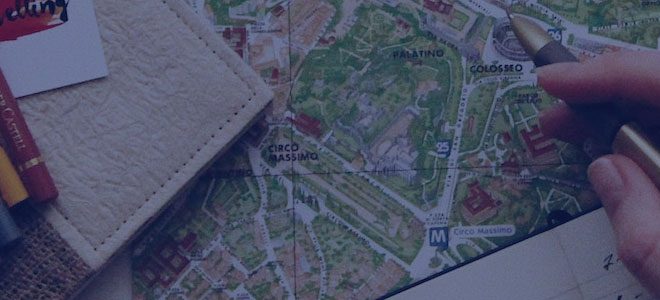Planning An Extended Stay In Costa Rica
You've packed your flip flops and your best bathing suit, and you can already feel the sunshine on your skin. As tempting as it is to pack in as much into your itinerary as you did in your suitcase, leaving room in your plans, and extra space for souvenirs allows for the excitement of discovery in a country filled with hidden gems.
So, you think you are ready? Before taking that leap, here are five pro tips travelers should take with them when traveling to Costa Rica.
Pack It In
Here are a few honest considerations for what to bring if you’re planning an extended visit. Access is varied, prices elevated, and options fewer. One reason for this is the import taxes. That’s why I try to bring nearly everything I’ll need during my stay.
Otherwise, expect to pay a premium, whenever you finally find what you want. Although, it’s worth noting that Facebook Marketplace is a useful tool to find things you may need -- selling those items before you return home is also done here.
Clothing
Don’t bring much, but add some layers. I mostly get by with handfuls of shorts, skirts, and short-sleeved shirts. Light, loose, and breathable are overall good options. Remember, you’re in the tropics, so it’s humid, that’s a guarantee.
More important for me is that I have the clothes I want to venture outdoors. That may be as simple as a bathing suit and running shoes, to mountain biking gear, and that go-to sun hat. Either way, think about the activities you’ll be doing outside and pack accordingly.
This means considering the environment, where elevation means everything here. The warmest layer I use is an ultra-light down or medium fleece, along with jeans. If you’re hanging out entirely in the lowlands and beach zone, I wouldn’t bring anything beyond a long-sleeved sun cover. Rain jackets, however, are a necessity.
Toiletries
Although there are increasing options for bathroom goods, think about what you couldn’t live without and pack it. For me, it’s face lotion, razors (yes, not a lot of choices), and natural oils. Different for everyone. Unless you’re into super commercial products, BioLand is a local natural manufacturer that has an expanding line of face and body products.
Other essentials include first aid kit, sunscreen, and insect repellent. These can be expensive here in Costa Rica
Electronics
Think about those handy devices that you’ll want for daily life and work (if that’s in your plan). Bring everything you need to have them functioning. Chargers, adapters, batteries, and more. Depending on your device, it ranges from challenging to impossible to replace a lost charger or adapter, so bring an extra.
If you find yourself needing these things, you can try and go to a local computer store, which can be double the average price. However, we found that working with Aeropostal is excellent. They get Amazon orders fast and without issues from customs, usually.
Vitamins
Pharmacies are easy to come by and offer a lot of conveniences. If there are supplements that you like taking regularly and for the occasional sickness, bring them. Natural food stores, called Macrobioticas, exist all over and carry an extensive array of natural and herbal remedies. However, I usually pack all my multi-vitamins and medicine for stomach issues and colds.
TIP: Keep in mind there are certain limitations to what you can bring to Costa Rica.
Know In Advance
How you envision your daily routine in Costa Rica will dictate what you will have on your Costa Rica packing list. Make sure your passport is valid, and you have a ticketed return date. You likely want to be somewhat comfortable speaking (at least broken) Spanish.
Bring a phrasebook if that’ll help. Carry a smartphone; it’s effortless to get a prepaid SIM card, and I recommend Kolbi if you’re looking for the best connectivity across the country.
Connection
I remember the first time that I came to Costa Rica; someone asked me, “Do they have internet there?”. I was shocked by the question; of course they do.
When you’re here, you’re very connected. Wi-Fi and coverage are everywhere. Most people use WhatsApp for texting and calling. Tell your family and close friends to download the app before you leave.
For navigation, get the InCostaRica App and Waze. These are the best way to get around when driving or exploring.
Transportation
A big task is deciding how mobile you want to be. I’ve lived here without a car, and it’s challenging. Costa Rica has decent public transit, but it can be tedious, slow, and a bit confusing, Renting a vehicle varies in price, and be aware of hidden fees.
If you’re planning on being here for at least a few months, I suggest buying a car (or shipping one, which can be an interesting experience) to enjoy harder-to-reach places. Cars are expensive here, so be prepared.
Keep in mind that the normal 90-day tourist visa acts as your driver’s license. If you drive, do so vigilantly and with an awareness of your surroundings. Traffic and road etiquette can try your patience.
Housing & Renting
Those interested in having a home-base, keep in mind that most rentals come unfurnished. There are homes and apartments with furnishings; they’re just a lot more expensive. Depending on how long you stay, investing in appliances and furniture may be best. A lot of places are best discovered wandering streets, looking for Se Aquila signs, although online groups also host many availabilities.
Note that more centrally located options can be safer than isolated areas.
For those that choose a more mobile stay in Costa Rica, consider Airbnb. There are tons, and many offer discounts for longer stays (especially monthly stays).
Welcome to Costa Rica
Surely, there will be more to figure out when you arrive. Although Costa Rica is well-traveled, tourists’ commonly make mistakes like judging driving time by distance. It’s a laidback country, offering rewarding experiences to those willing to adapt to their pace.
A general rule is that everything takes at least twice as long. You’ll soon figure out that everything still gets done, just slower. Which is ok, so, just relax and Pura Vida.
Be a Tico. Partake in farmer’s markets, gyms, and local restaurants. Central parks, riversides, and public beaches are great places to join the locals in favorite past-time activities.
After some time, it’s easy to let go of certain worries, and that’s fine too. It goes in line with the Pura Vida lifestyle.
Just remember always to carry a copy of your passport and be prepared to renew your visa if staying longer than 90 days. Visa renewals are relatively easy and offer an opportunity to check out neighboring Nicaragua and Panama.
Buen Viaje!


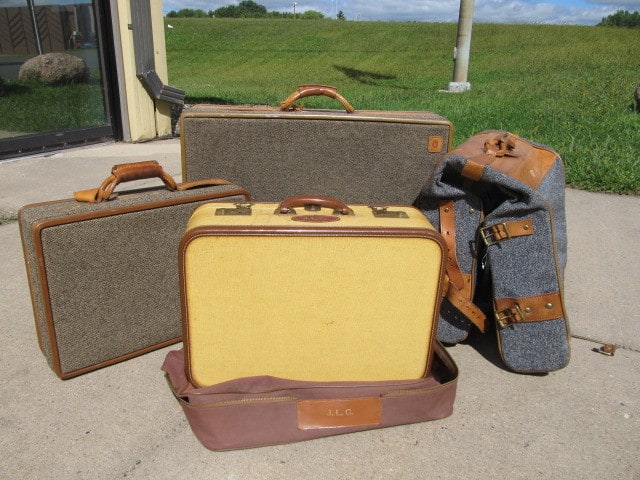

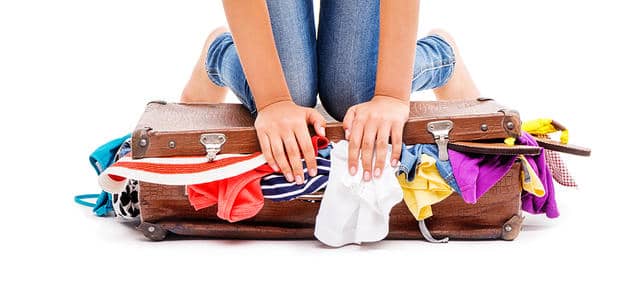

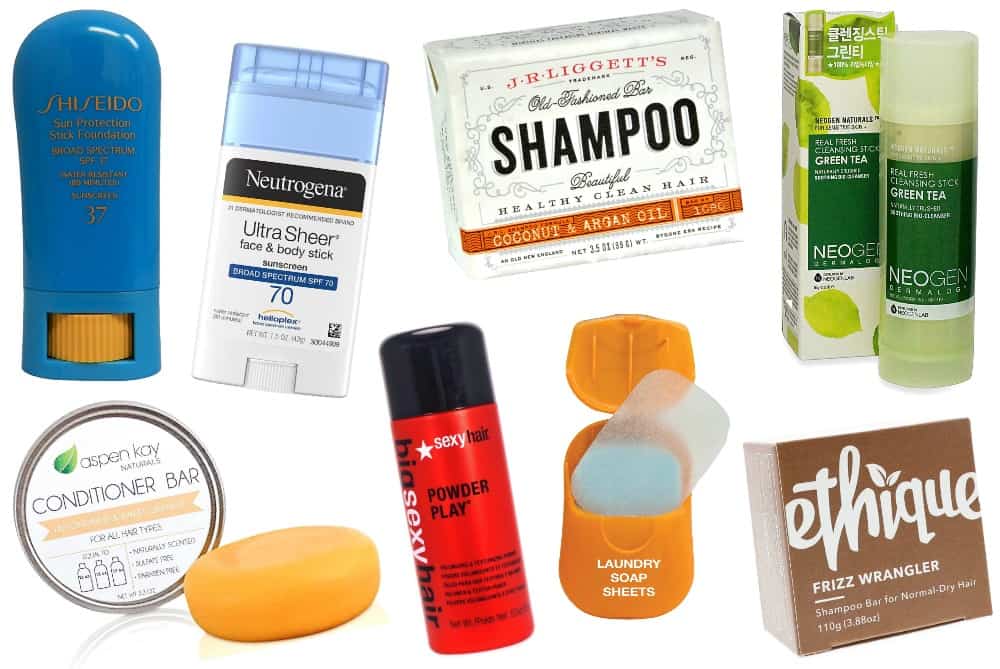
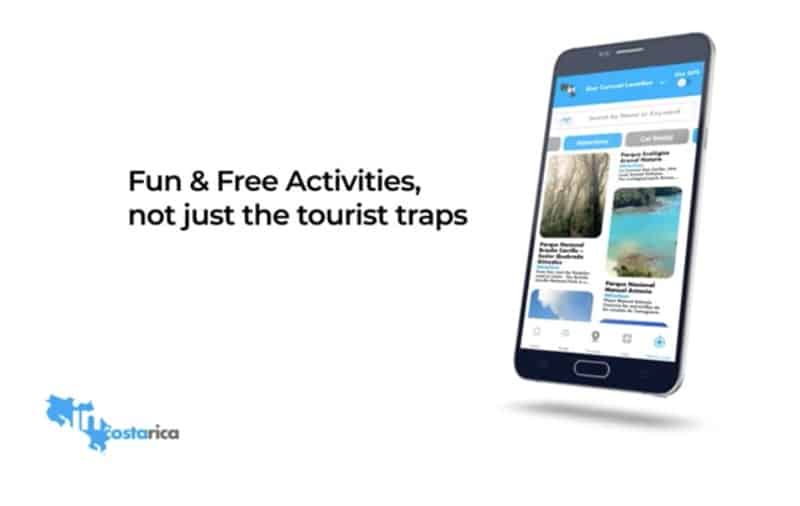
 Get More Out of Costa Rica
Get More Out of Costa Rica